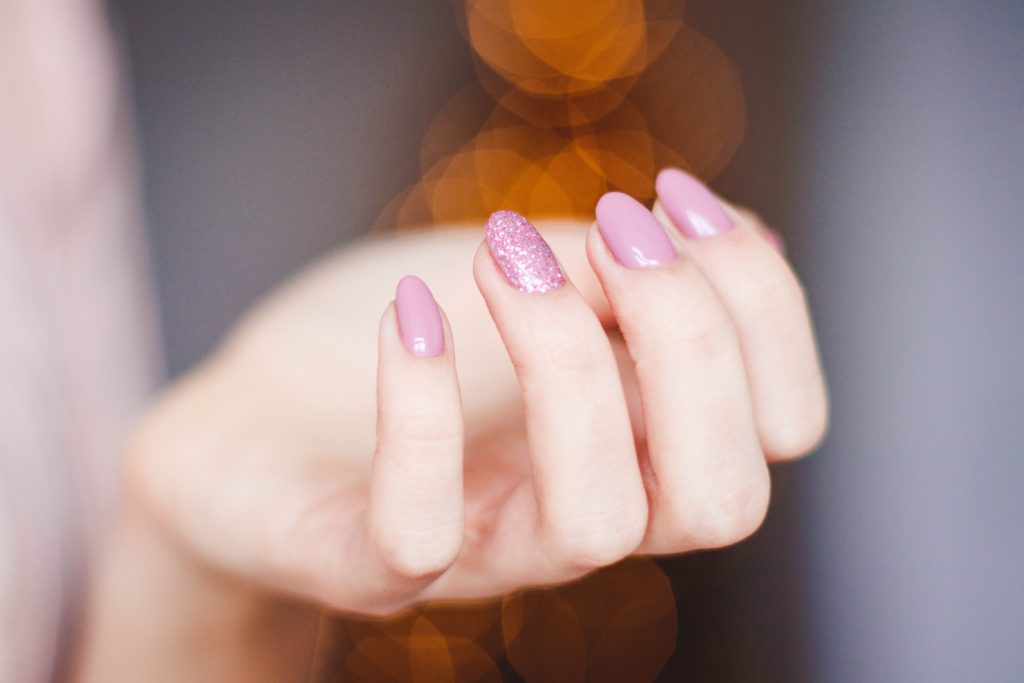You Want the Perfect Nail, You Want It Quick, and You Want It Clean. Good luck with that!
Nails are a major part of beauty. However, the cuticles, caused by cuts and sanding, can cause damage to your perfectly polished nails, which is a constant pain that you can’t seem to get over. It’s more annoying than hair “breakage,” you hear, and there’s nothing less attractive than worn and peeling nails. It’s disheartening, especially when you notice nails started to look dull shortly after you have your new manicure or pedicure. Nails are visual and it’s really hard to hide the discoloration. If you’re going for a really fresh manicure or pedicure you might be right, but if you know you want your nails to look great for a while, it’s even worse.
Let’s break it down. It takes time for the cuticles to regenerate and repair the cuticles, and the faster you can get your nails right, the better. Here are some common nail issues and how to fix them.
Problem #1 – Cuticles Worn Thinner
Exposure to direct sunlight and drying exposure to the cuticle area can leave your cuticles withering and thinning. Maintaining healthy cuticles is important for maintaining your nails’ health, and removing dead skin cells and rotting nail plates is the best way to return a healthy nail to its old glory.
ADVERTISEMENT
Step 1: Exfoliate with essential oils like peppermint or lavender to remove dead skin and dead nail plates. This also can help to protect your cuticles and prevent bad cuticles from becoming infected.
Step 2: Rinse your cuticles and dry with a clean clean glass or nylon sanitizer.
Step 3: Apply a hydrating topical solution to the dry areas and repeat treatments until the affected area is completely clean and your cuticles are restored.
Step 4: Relax, and when your cuticles are healthy again, create a barrier around your nail bed with shine-enhancing beads or a waxy-coated adhesive.
Problem #2 – Cuticles Broken Off
Sometimes, cuticles can actually break away. Broken cuticles are common in winter months and usually happen due to too much direct sunlight, dryness, or even cold temperatures.
Step 1: Prior to having a manicure or pedicure, apply a topical gel or cream with alcohol or aloe vera to the cuticles and surrounding area.
Step 2: Using a spironolactone injector cream, fill in the gap left by the broken cuticles with one part of the gel or cream and two parts of aloe vera.
Step 3: Use a flat cutting board with a clean glaze knife to create a crosscut hole in the dampened area, like you are opening a tin of sardines.
Step 4: Once the cuticles are healed, apply a flexible commercial-grade nail file.
Step 5: Apply clear acetone to the nail surface and press gently, being careful not to push it into your nail bed. This natural compound helps to stop the recrudescence of dead nail plates.
Problem #3 – Short and Dingy Nails
When manicures and pedicures can’t deliver in the area of maximum shine and health, you could be seeing the results of having short and dingy nails, which could be caused by stretching them too much or over-stressing them.
Step 1: If you notice overly tight nails, try applying a moisture-protecting pedicure gel, or try the smoothing treatments for your nails with blue cement, biologics, or ocean mineral salt.
Step 2: Carefully manicure nails, then wipe their skin with a sponge soaked in glycerin or olive oil.
Step 3: Avoid using acetone in your salons or spa.
Step 4: Try a hydrating and smoothing treatment solution to moisturize cuticles and surrounding area.
Step 5: Use flexible cosmetic spray on cuticles to create a barrier between cuticles and nails to prevent them from drying.
Step 6: Use a smoothing treatment on nails where ingrown hairs are or splotches of dead skin are.


0 Comments on "How to Fix Cuticles, Broken Cuticles, and Fish-bone Nails"